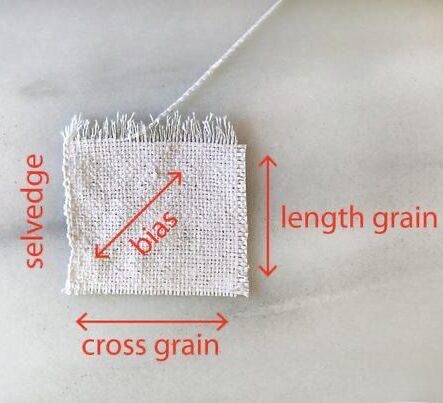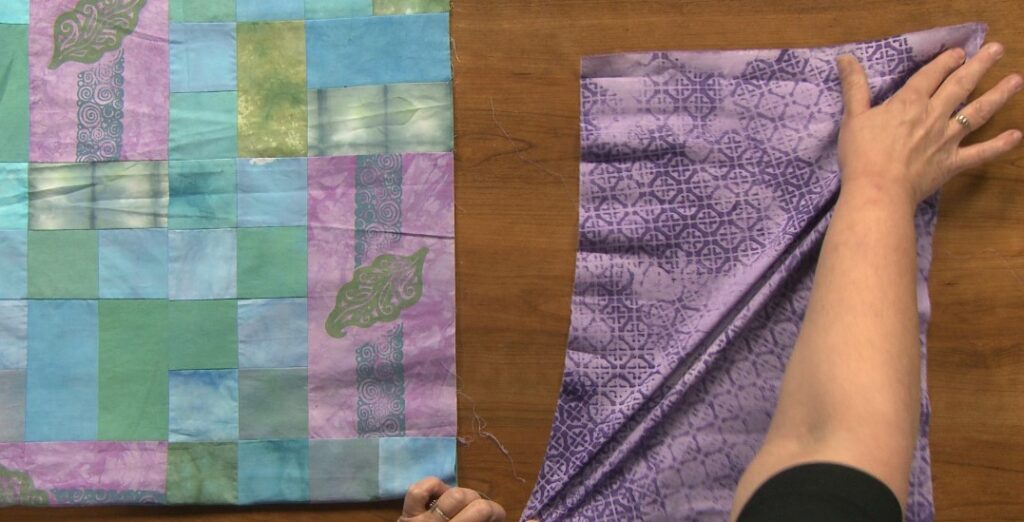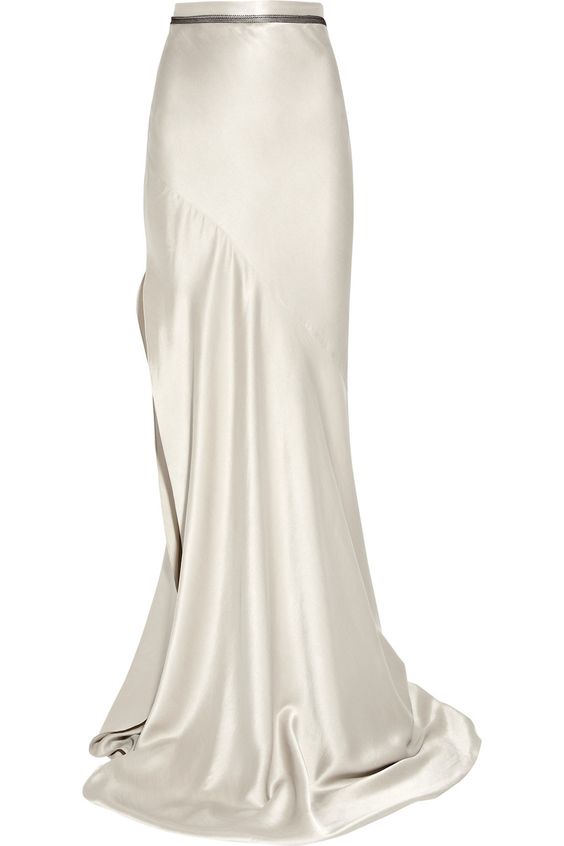
STRAIGHT, CROSS OR BIAS!
The Three Types of Fabric Grain: Which One is Right for Your Intimate Apparel?
Everyone of us knows that picking the right fabric is crucial to creating intimate apparel that fit well and look great. But did you know that the direction of grain can also make a big difference in the way apparel fits and drapes on the body? By this time, you may wonder what fabric grain is. It mainly refers to the direction of threads in a woven or knitted fabric.

It determines the way the fabric behaves and stretches, as well as how it should be cut and sewn. In this article, we’ll explore the different types of fabric grain and help you decide which one is right for your intimate apparel designs.
There are three types of grains in fabrics: straight grain, cross grain, and bias grain.

Straight Grain:
With reference to the above picture, the straight grain runs parallel to the selvage edge of the fabric. The selvage edge refers to the finished edge that runs along the length of the fabric. It’s best for fabrics that have little to no stretch and are intended to hang straight on the body, such as cotton or silk. Straight grain cuts are also great for creating tailored intimate apparel that require clean, straight lines.
Cross Grain:
As shown in the above picture, the cross grain runs upright to the selvage edge, across the width of the fabric. Cutting fabric on the cross grain is best for fabrics that have some stretch, such as knit fabrics. It can create intimate apparel that fits snugly on the body, but doesn’t have as much give as a bias cut garment.
Bias Grain:
The bias grain runs diagonally across the fabric at a 45-degree angle to both the straight and cross grains. Cutting fabric on the bias grain creates intimate apparel that drapes beautifully on the body, with a fluid and graceful movement. It also has the most stretch of the three types of grain, which can make it easier to create intimate apparel that fits well.

Which is right for your Intimate Apparel Designs?
There are few factors to consider like what type of intimate apparel you are designing, quality, costing, and wastage of the fabrics. Moreover experience plays a significant role in considering the right fabric grain.
For example, if you’re creating a bra or corset that requires a structured fit, cutting the fabric on the straight grain is the best choice. This is because the straight grain provides stability and structure to such apparel, which is needed for these types of designs.
On the other hand, if you’re creating a lingerie set that requires a softer, more fluid look, cutting the fabric on the bias grain will provide the best drape and movement.

Each type of grain has its own unique qualities. Picking the right grain can make all the difference and elevate your intimate apparel businesses apart from the competition. Is there anything that we have not covered that you feel is worth mentioning? Please feel free to share your insights, as we value the knowledge and expertise of our community.
